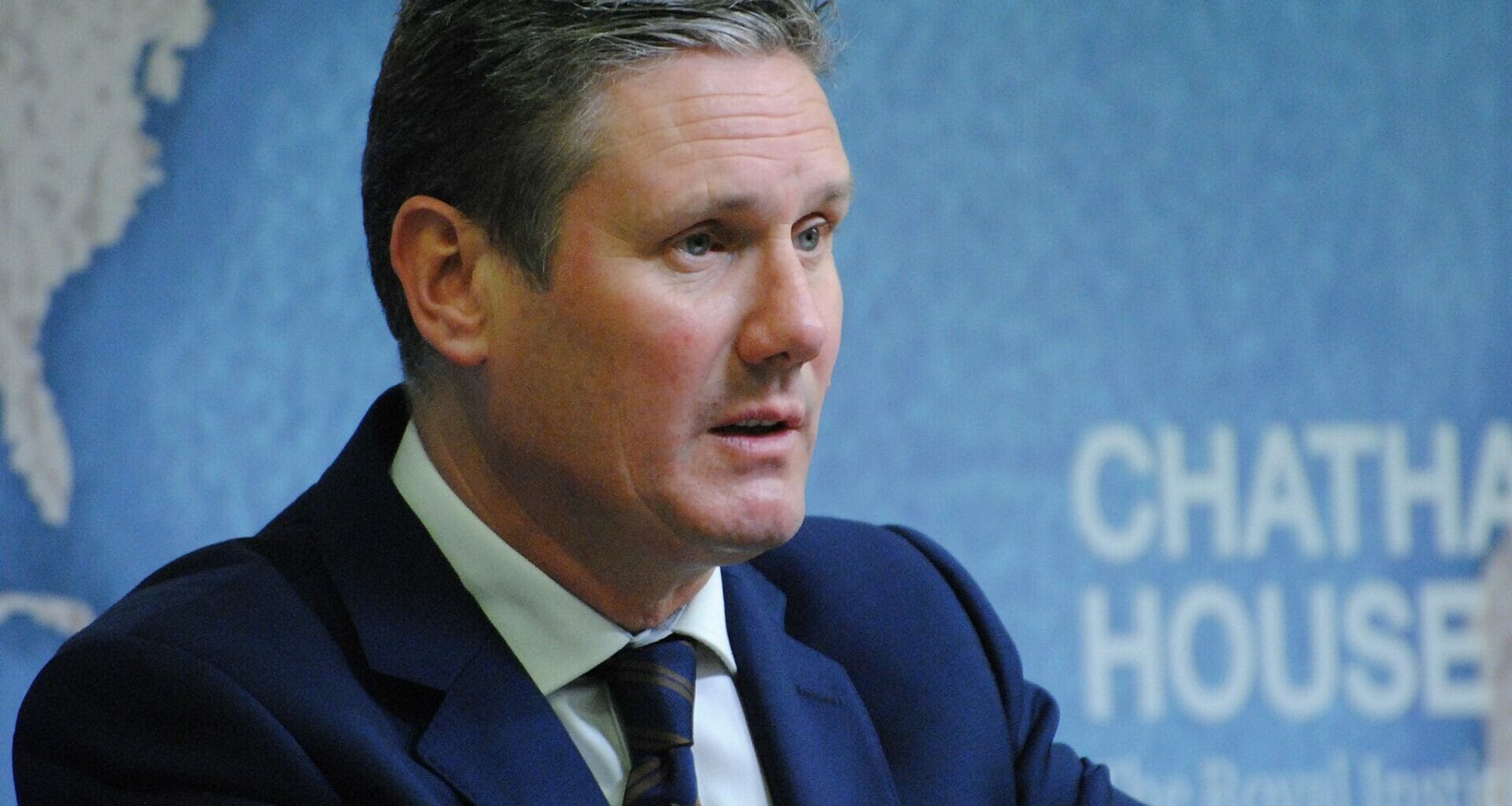Labour leader Keir Starmer clashed with Rishi Sunak over immigration at prime minister’s questions on Wednesday.

In an exchange, Starmer criticised the record of the UK Government in trying to reduce migration, saying record levels of people were coming to the UK.
Migration is at a record high.
Keir Starmer
Ferret Fact Service looked at this claim and found it Mostly True.
Evidence
Migration to the UK has been in focus over the last year. Small boat crossings particularly became a significant media talking point and stopping them formed part of UK Government policy.
While Rishi Sunak and government ministers have suggested that small boat crossings have begun to slow, Starmer said at prime minister’s questions (PMQs) that migration has reached an all-time high in the UK.
Statistics on migration to the UK are published by the Office for National Statistics (ONS).
It is often measured in two ways, total migration to the UK and net migration. Net migration is the difference between those who come to the UK and those who leave to move elsewhere.
The latest long-term data from ONS covers up to the end of June this year, and shows the number of people who came to the UK over the previous year. It is measured four times a year, and the most recent ONS estimates are provisional.
The latest data covers the year ending June 2023, when 1,180,000 people came to the UK. This is an increase from the previous year, when it was 1,078,000, and the highest year end figure for June since at least 2012.
However, there are signs that migration levels are coming down. In the year to December 2022, yearly migration to the UK hit a peak of 1,234,000. In the year to March 2023, 1,202,000 came to the UK. This was the first fall in numbers on this measure since March 2021.
For net migration, statistics show the last two years have seen the highest level on record. According to the ONS, people coming to the UK from outside the European Union (EU) have driven this increase.
In the year to June 2019, 179,000 non-EU nationals came to the UK, while in the latest comparable statistics up to June this year, 768,000 people arrived. Most of these people have come to the UK for humanitarian reasons or to study.
However, ONS figures show these high immigration figures are starting to fall.
This is partly a result of unusually high levels of net migration in 2022, which were driven by a policy to increase overseas students, as well as new humanitarian visa routes for refugees from Ukraine, and British overseas nationals in Hong Kong.
There was also an increase in skilled workers coming to the UK, as a result of the UK’s new post-Brexit immigration system and a higher demand for workers, particularly in the health and care sectors.
What about irregular routes?
Irregular migration is when someone comes to a country without the legal right to be there.
This can include coming to the UK and overstaying a visa, entering the UK using forged documents, or via routes such as in a small boat crossing the channel.
Currently, there is no way for a refugee to claim asylum before coming to the UK. This means many come via irregular routes before lodging a claim.
There are limited resettlement schemes in place for those fleeing specific conflicts, including Ukraine and Afghanistan.
There is no such thing as an illegal asylum seeker, however. The 1951 United Nations Refugee Convention Relating to the Status of Refugees means a refugee can claim asylum in a signatory country such as the UK, and does not have to travel to the UK via recognised official routes to do so.
Small boat crossings have increased significantly in recent years. More than 44,000 people crossed in 2022, compared to just 300 in 2018.
Estimated statistics show there has been a reduction in 2023, with numbers up to the end of the third quarter of 2023 more than 8,000 lower than the equivalent period last year.
Ferret Fact Service verdict: Mostly True

Starmer is accurate to say that migration levels are at their highest levels, when looking at yearly estimates. Migration statistics can be measured in a few different ways, and the latest year-on-year figures show the year to June 2023 was the highest level of total migration and net migration compared to previous years.
However, there appears to have been a fall in numbers in the most recent statistics from their peak in December last year.
Header image: Chatham House
Ferret Fact Service (FFS) is a non-partisan fact checker, and signatory to the International Fact-Checking Network fact-checkers’ code of principles.
All the sources used in our checks are publicly available and the FFS fact-checking methodology can be viewed here.
Want to suggest a fact check?
Email us at factcheck@theferret.scot or join our Facebook group.














